Constructing a better education
Central Washington University breaks ground on Samuelson and “Old Heat” renovations
Before the excitement of graduation could settle over campus and students could flee for a summer reprieve, Central’s latest renovation project roared into full-swing as they shifted focus from the recent completion of the Science Phase II building to the renovation of the aging Samuelson building.
Projected to be completed by fall 2018, the renovation of Samuelson (the former student union building) will restore the building to a functioning academic building on campus.
Departments that are anticipated to move into the building following completion will fall under the STEM degree programs, including ITAM (Information Technology and Administrative Management), Mathematics, Computer Science, and Online learning.
Bill Yarwood, Central’s executive director of capital planning and projects, said that the building has been boarded up since 2006 and was used for storage until the university secured capital funding for the design and construction.
According to Central’s 2015-2017 capital budget request summary—which asked for $64 million in funding to complete the project—the 88-year-old building has never had a comprehensive renovation and aging infrastructure has become a growing maintenance concern.
Lathan Wedin, Central’s capital projects architect, cited the building’s inverted roof as a main point of frustration for Central, with the poor design often collecting water and heavy accumulations of snow during the winter months.
Work in progress
The renovation and new construction of the building will be carried out by Lydig, a Washington based construction company that, according to Yarwood, previously worked on Science Phase II, Kamola and the McIntyre Music Building.
Removal of the entire building’s structure will not occur during the process, rather construction of a new southern half will take place along with renovation of the more structurally sound northern half of the building.
While 95 percent of the brick will be removed, structural components such as steel frames will remain. The old concrete will be recycled back into the new building materials as well.
According to Wedin, parts of the building such as the terracotta have been saved for “historical reference.”
New landscaping will also be placed around the building following completion. In order to get equipment into the construction area, crews had to take down several trees lining the southern corridor near the 1891 Bistro. However, according to Wedin the landscaping will replace the old trees–said to be diseased–with large live trees.
Energy efficient
Following the now standard guidelines for construction, the building will be LEED (Leadership in Energy and Environmental Design) certified under the U.S. Green Building Council (USGBC).
According to the USGBC, LEED certified buildings are considered resource efficient, using less energy and water while reducing greenhouse gas emissions. Four ratings are available for buildings, including certified, silver, gold and platinum.
“A LEED silver minimum is required,” Wedin said, “but we always strive for higher.”
Hazardous Materials
The aging building also has several safety issues beyond the crumbling infrastructure and settling dust. Health concerns regarding asbestos and other hazardous materials have come up during the planning and construction.
Asbestos, formerly used as insulation or flame-retardant within older structures, can be exposed during the construction process and pose health risks after prolonged exposure.
Considering the age of the building, safety precautions such as asbestos abatement, are being taken before further construction takes place in Samuelson.
Although the level of hazardous materials is “not too significant,” Wedin said that they always assume it’s hazardous to ensure that all safety measures are met throughout the renovation.
“Old Heat”
Farther south on campus resides Central’s next project—the historic steam plant referred to as “Old Heat” and its attached auxiliary building.
Shattered windows line the walls of the southern portion of the building and thick layers of dust and pigeon droppings coat the inside of the buildings that now sit seemingly forgotten and removed from campus.
The auxiliary building currently serves as a storage unit for the Theatre Arts department. Props cover almost every available space within the area.
Plastic statues of Greek gods, antiquated wheelchairs, a colorful stack of doors and chimney sweepers are just a few of the items that nearly reach the ceiling of the building.
Funding of $4.9 million was requested to rebuild the plant that hasn’t been used since 1971 following the construction of a central utilities plant on campus.
The smoke stack, built in the 50s, wasn’t the original boiler plant for the campus but did function for nearly two decades before the boiler operations move.
A challenge for the inside of the building, aside from the various props lining the building from floor to ceiling, is the lack of ADA accessibility, a problem that Wedin says will be need to corrected in construction.
According to Barb Arnott, public affairs coordinator for Central, the newly renovated building will be used as a community welcome center, hosting education programs such as craft-beer making and wine studies.
Family and youth involvement will also be a focus of the new space. Events such as the grade-school focused “Nature of Night” collaboration with Central are anticipated to take place.
Historical aspects of the building, such as the smoke stack that sits north of the building, are not expected to be removed and are structurally and seismically sound according to Wedin.
“This ran the university,” Wedin said. “It’s iconic. There’s no intention to take it down.”


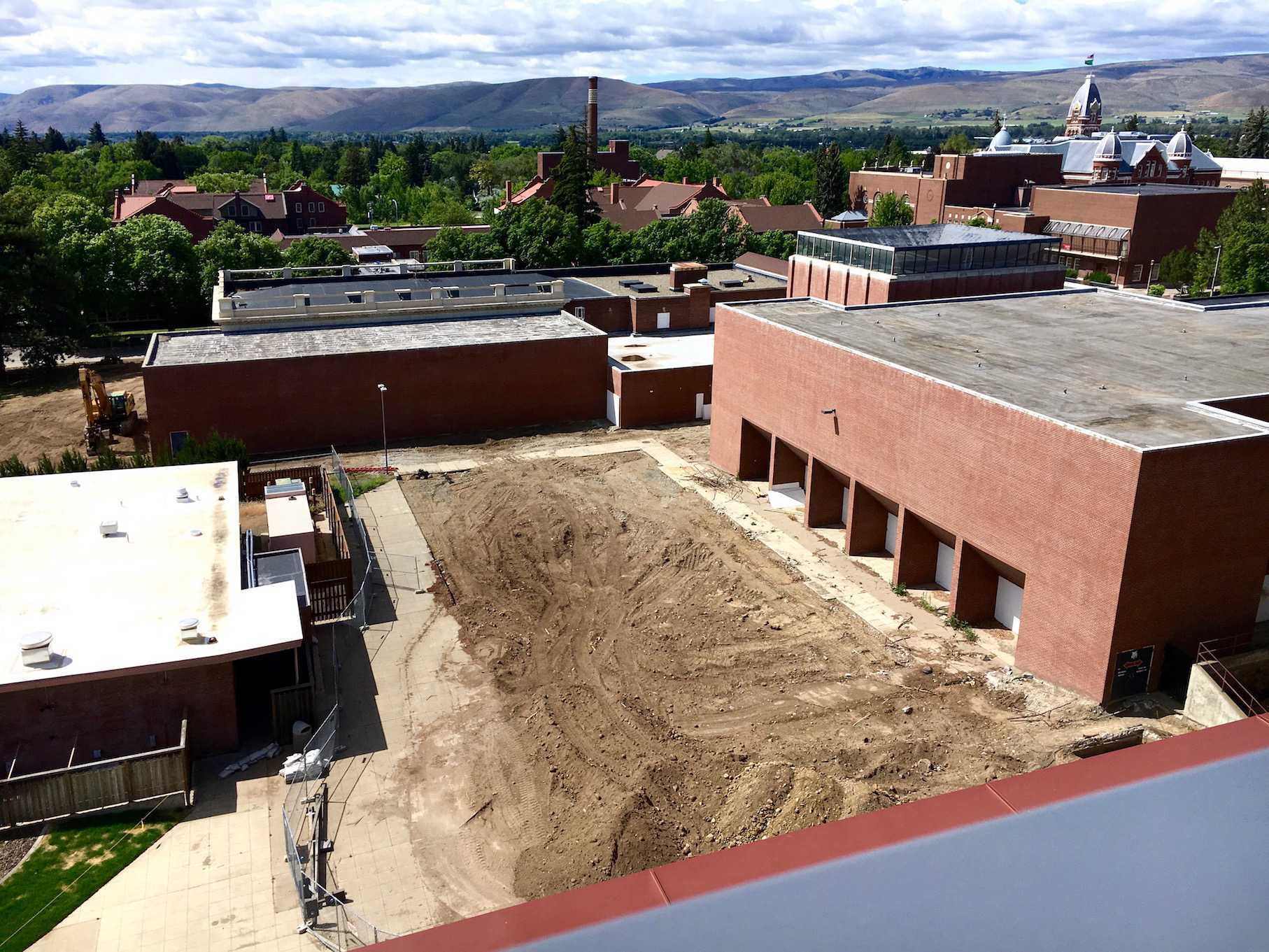

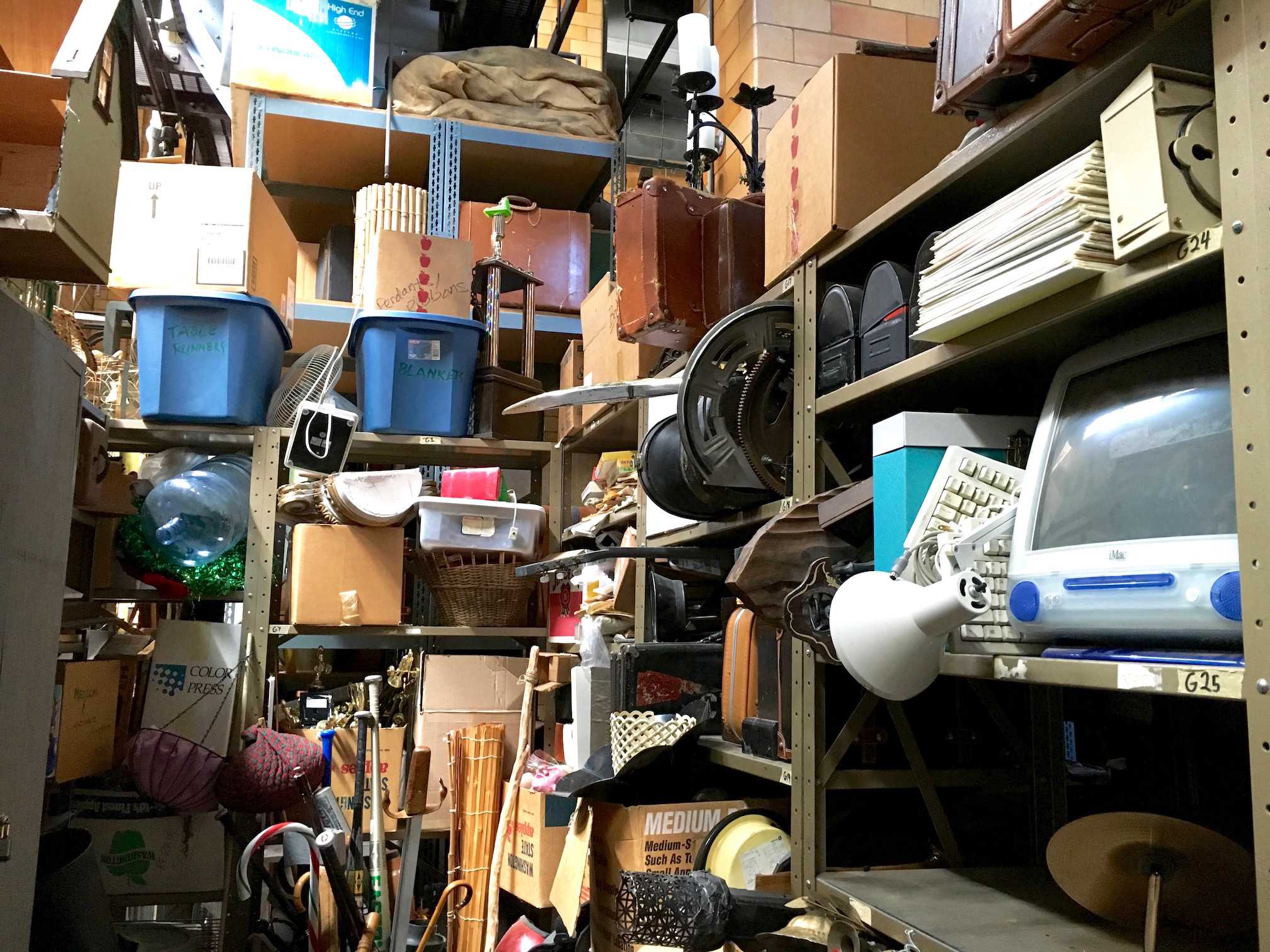

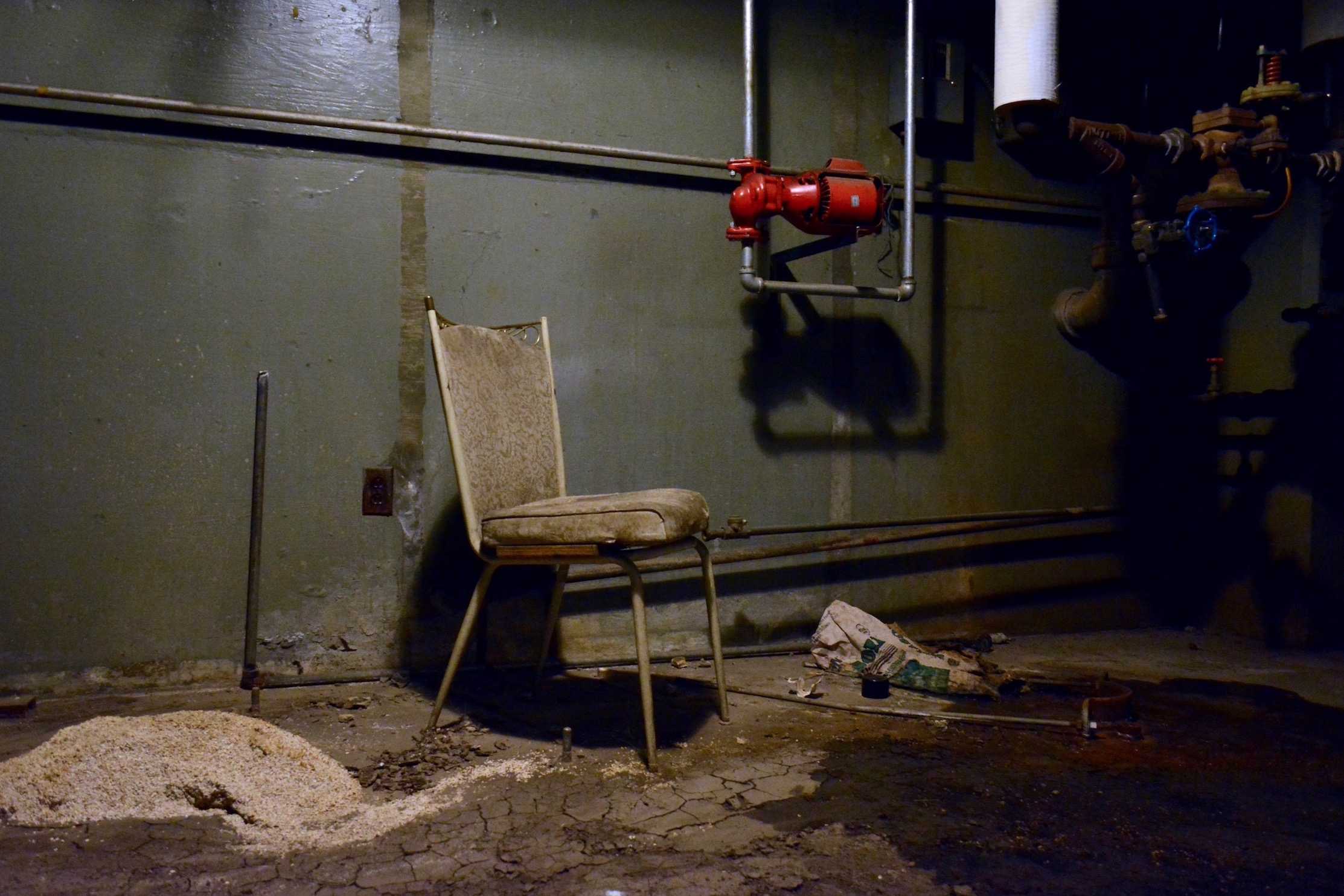
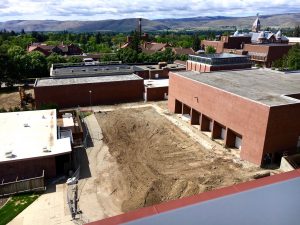
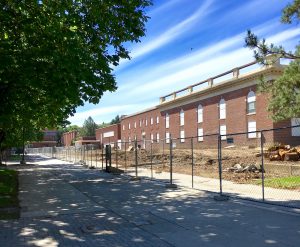
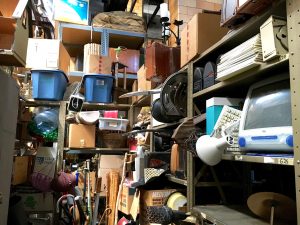
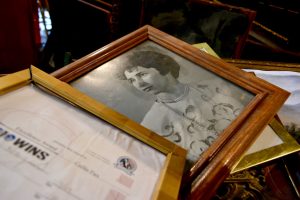

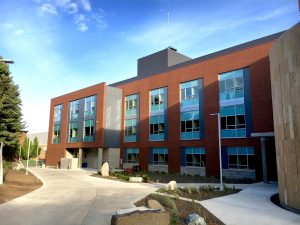
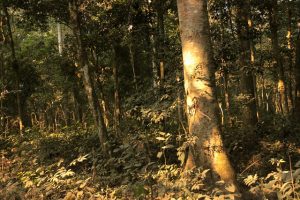

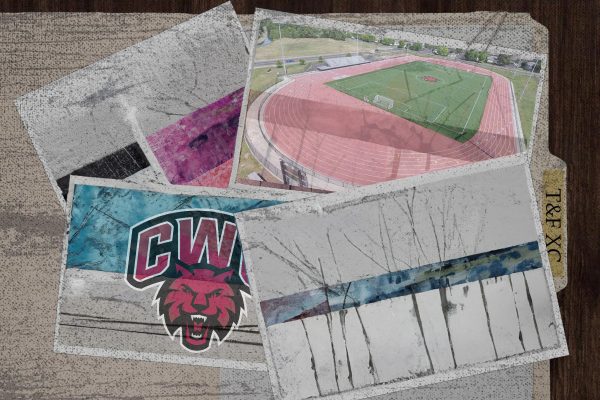



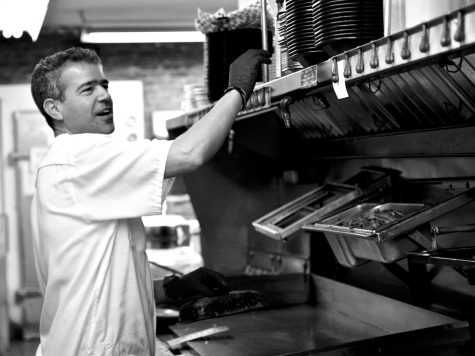
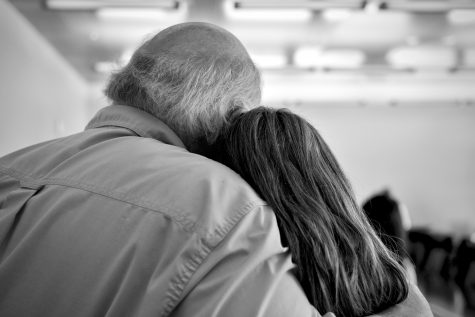
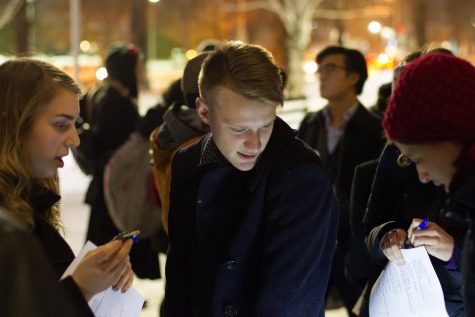
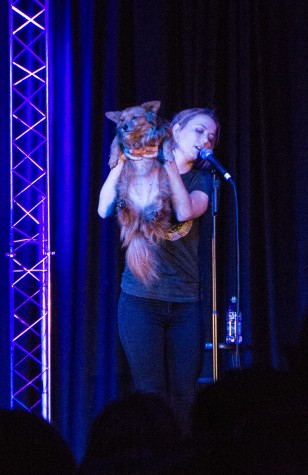
Beverly Heckart • Jul 1, 2016 at 8:11 am
While this construction project is welcome and necessary, more thought could have been given to keeping major throughways through campus open for both the campus and non-campus communities during the period of construction. The construction company’s fences have now blocked off all but one access to Hertz Hall , at least one major east-west “arterial” through campus, and one highly frequented north-south pathway. Even though the Valley Musical Theater production in Hertz Hall will run for only six days, it’s a major community event, and people who are attending will not expect to have the usual access to Hertz blocked over 11th St. from Wildcat Way (D St.). The last time I looked, no signs detouring people to the D St. parking lot and through the driveway to Dean Hall and thence to Hertz had been posted.